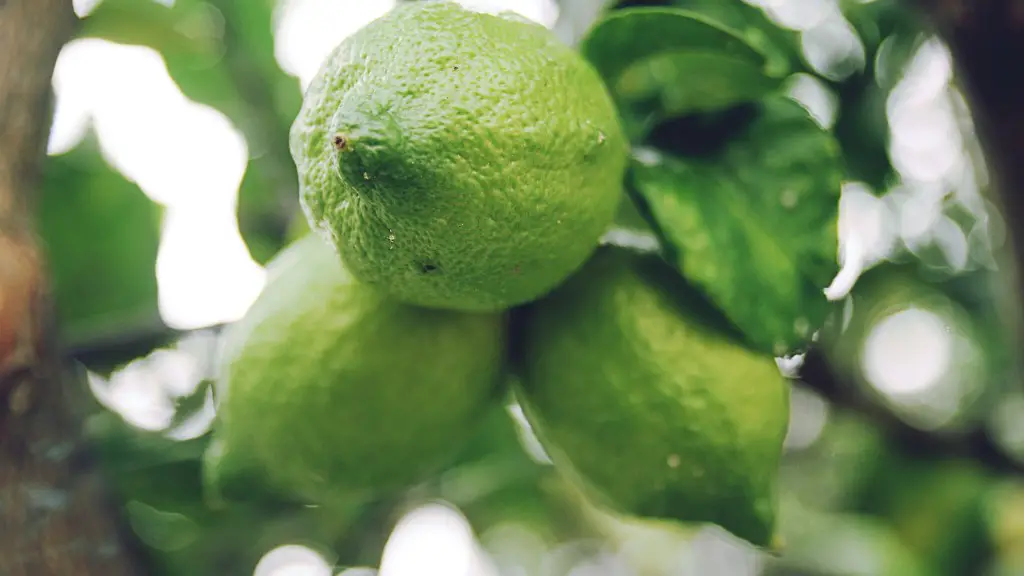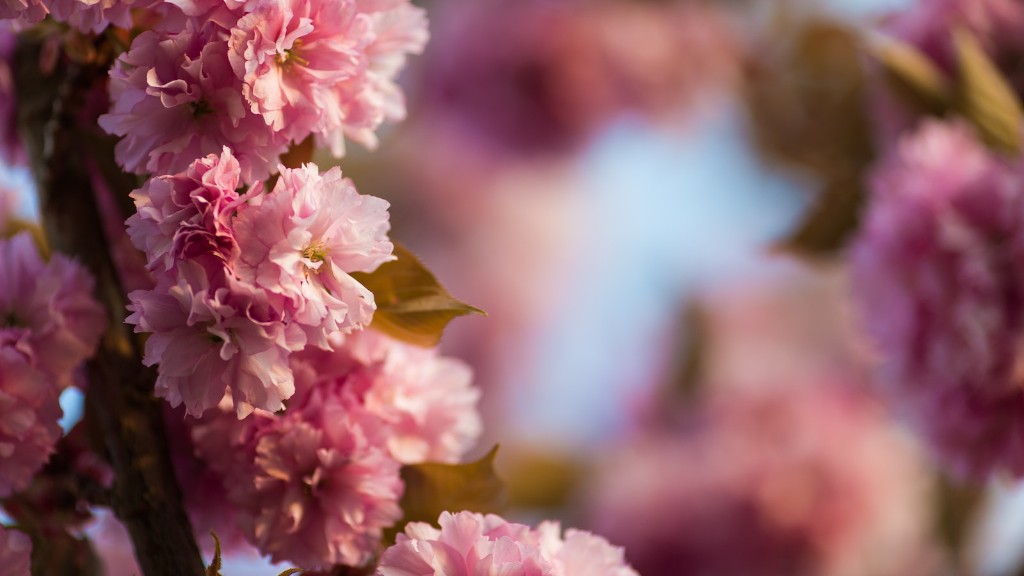My Meyer lemon tree’s leaves might be curling for a number of reasons. To start with, it could be due to drought stress. The leaves of a lemon tree can curl due to lack of moisture, especially in hot weather conditions or during a prolonged dry spell. It is important to make sure the soil is kept moist and not overly dry. To do this, I water the tree frequently, particularly in the summer months.
It is possible that the root system of my tree has been damaged or disturbed. If the roots are damaged or disturbed, the leaves will curl, too. This can be caused by a number of things, such as too much or too little fertilizer, transplanting the tree, or even herbicides used in the area. To fix this, I make sure I am not over-fertilizing the tree and that I am not over-watering it.
Sometimes, citrus tree leaves can curl due to pest infestations. Aphids, scales, mites, and other critters can cause leaves to curl if they feed on the plant. To manage this, I have been regularly spraying insecticidal soap on the tree and its leaves.
Additionally, my Meyer lemon tree leaves might be curling due to the humidity levels in my environment. If the air is too dry, the leaves can start to curl. To counter this, I use a fogger to increase the humidity level around my lemon tree.
Furthermore, Lemon tree leaves can curl as a result of nutrient deficiencies in the soil. If the soil isn’t providing the tree with all the necessary nutrients, it can start to curl. To help fix this, I augment the soil by adding organic matter or fertilizer.
Lastly, my Meyer lemon tree leaves can be curling because of the amount of sunlight it is receiving. Too much direct sunlight can lead to the leaves of the tree curling. To prevent this, I make sure to provide my lemon tree with adequate shade by placing a shade cloth over it.
Environmental factors
The environment where my Meyer lemon tree is located plays a role in leaf curling. If the environment is too wet or too dry, lemon tree leaves can start to curl. To fix this, I make sure to water the tree every once in a while and to ensure that the soil is well-draining. Additionally, I also ensure that there is adequate airflow around the tree to reduce moisture.
Furthermore, my Meyer lemon tree can also be affected by its environment in terms of temperature. If the temperatures fluctuate drastically, even on a daily basis, the leaves can start to curl. To manage this, I make sure that the tree has adequate shade to keep the sun off of it during very hot days. I also invest in a water mister to cool down the leaves during extreme heat.
Lastly, the wind can also have an effect on the leaves of my Meyer lemon tree. If the winds are very strong in my area or if the tree is located in an area that is prone to strong winds, this can cause the leaves to curl. To prevent this, I make sure the tree is planted in an area that is protected from wind, or that I build a windbreak around the tree.
Fertilizer Usage
The use of fertilizer is another potential cause of my Meyer lemon tree leaves curling. If too much or too little fertilizer has been used, the tree leaves can start to curl. To manage this, I make sure to use the right amount of fertilizer for my tree, and I also make sure to monitor the soil for any nutrient deficiencies. Additionally, I use slow-release organic fertilizers that are specially designed for citrus trees.
Aside from fertilizer, I also make sure to amend the soil when necessary. Adding compost, aged manure, or other organic matter can help to improve the soil, as well as providing the tree with all the nutrients it needs to thrive. Furthermore, I also make sure to remove weeds and other plants that may be competing for nutrients with my Meyer lemon tree.
I also make sure to adjust the PH levels of the soil, if necessary. The soil needs to be slightly acidic, so if the PH levels are off, I will use sulfur to adjust them to the desired level. A PH meter can be used to help monitor the soil’s acidity.
Finally, I make sure that the fertilizers I use have the correct amount of nitrogen, phosphorus, and potassium in them. Nitrogen helps promote leaf growth, phosphorus is important for fruit production, and potassium helps to strengthen the stems and roots of the tree.
Pest Control
Pest infestations can also be a cause of my Meyer lemon tree leaves curling. If I notice any signs of insect activity, such as holes in the leaves or tiny webs, I make sure to take action immediately. I use a range of organic pest control methods, such as neem oil, insecticidal soap and copper sulfate sprays.
In addition, I also manually inspect my Meyer lemon tree’s leaves for signs of pests. This includes looking for signs of aphids, scales, mealybugs, thrips and other critters. If any of these pests are found, I can use a damp cloth to carefully remove them from the leaves.
Furthermore, I make sure to check the bark of the tree for any pests. Bark beetles, borers, and other critters can cause the leaves to curl, so I make sure to keep an eye out for them. If any of these pests are present, I make sure to apply the appropriate insecticide to get rid of them.
Additionally, other beneficial insects, such as ladybugs and lacewings, can help to control pests on my Meyer lemon tree. I make sure to introduce these insects into my yard to help keep pests at bay.
I also ensure that the tree is pruned regularly to keep it healthy. This helps to reduce the stress on the tree, as well as improving its ability to resist pests and diseases.
Disease Control
Having a healthy Meyer lemon tree also helps to reduce the risk of fungal and viral diseases. I make sure that I am properly diagnosing any diseases that may be present and treating them with the right fungicides or other treatments.
I also make sure to prune the tree regularly to help reduce the risk of disease. Pruning helps to improve the overall health of the tree and helps eliminate any dead or diseased branches. Additionally, pruning helps to improve air circulation and reduce overcrowding.
Furthermore, I make sure to use disease-resistant varieties of Meyer lemon trees, if possible. This helps to reduce the risk of diseases, as well as improving the tree’s overall hardiness.
Lastly, I make sure to keep my Meyer lemon tree clean and tidy. This includes removing any fallen leaves or fruit, as well as cleaning the leaves of the tree. This helps to prevent the spread of disease.



